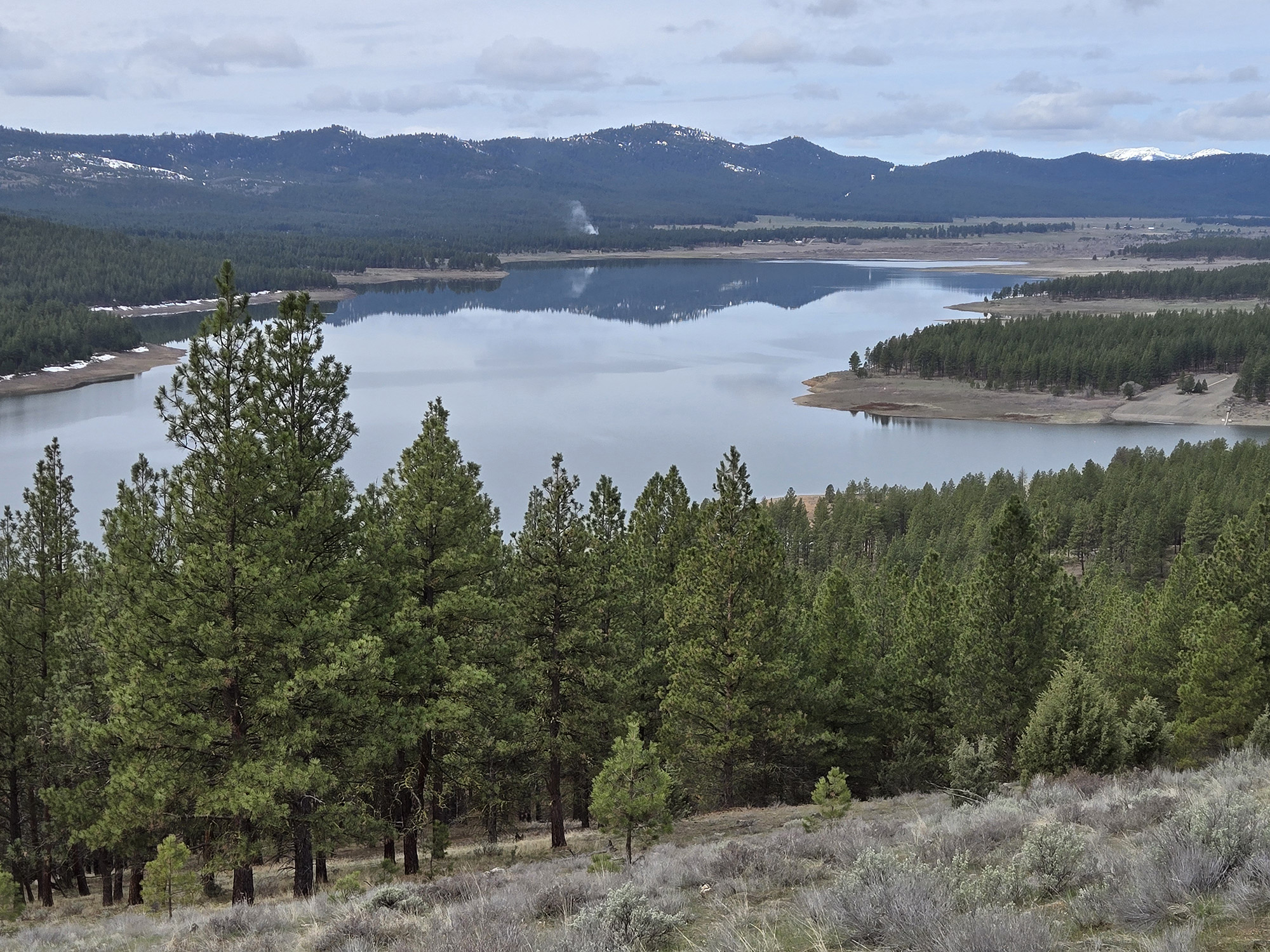The natural world: Beat the heat on a lake in the Blue Mountains
Published 7:00 am Saturday, July 3, 2021

- Because much of the perimeter of Indian Lake is rimmed with pondweed, anglers should consider launching a kayak, pontoon boat or car-topper.
The history of the Blue Mountains does not begin with 10-foot-tall mastodons, wandering Indian tribes or the Oregon Trail. It is written in ancient rocks. According to the noted geologist Ellen Morris Bishop, the Blue Mountains of Northeastern Oregon began their life as a volcanic archipelago 400 million years ago. Only during the Ice Age did glaciers advance to scour bedrock, erode valleys and sculpt tall mountain peaks. Examples of such activity can be found in the Lake Basin of the Wallowa Mountains.
Trending
In contrast, the Blue Mountains were not glaciated. Consequently, they have few if any natural lakes. However, over the past several decades, creative engineering has led to a trio of scenic high mountain lakes having high recreational value. Each water body is well worth a visit as valley temperatures heat up.
Indian Lake
You could do no worse than start your summer trout experience at Indian Lake (Lake Hiyuumptipin). Located near the crest of the Blues at 4,200 feet elevation, Indian Lake was created in the late 1960s by damming tiny Jennings Creek. Three years ago, I camped in the shelter of lodgepole pine with military veterans who affiliated with a recovery group called Heroes on the Water. We camped in the shelter of slender lodgepole pine, swapped tall tales and trolled flies from pontoon boats and kayaks for rainbow trout up to 14 inches long.
Much of Indian Lake’s shoreline is accessible by well-worn trails. However, wading can be difficult because a rim of submerged aquatic vegetation lines much of the bank. Hence, launching a nonmechanized floating vessel to fish from is an advantage.
Owned and operated by the Confederated Tribes of the Umatilla Indian Reservation, Indian Lake is 34 miles southeast of Pendleton. Drinking water, 43 fee-based campsites with fire pits, tipi rentals and an RV disposal station are available for public use. A reservation fishing permit is required and can be purchased at the lake during the camping season (See ctuir.org).
Jubilee Lake
Jubilee Lake is the only game in town for still water trout in the Tollgate region of the Blues. This 20-acre jewel of a lake was created in the late 1960s by damming meandering Mottet Creek. Jubilee is primarily a put-and-take fishery for catchable-sized rainbow trout; however, holdovers up to 16 inches are possible following a mild winter. The first stocking by the Oregon Department of Fish and Wildlife occurred in early June this year with additional plants planned over the summer for a total of 16,000 legal-sized and 300 trophy-size trout (14-16 inches).
The lake’s picturesque shoreline is lined with bulrush, willow and conifer, yet provides plenty of access for bank anglers. Cast from the gentle sloping shoreline or troll the inlet arm and deep area near the outflow where trout seek cool water refuge in late summer. Only nonmotorized watercraft, including float tubes, pontoon boats and car-toppers, are allowed, which lends to a quiet atmosphere.
Jubilee Lake is 12 miles northeast of Tollgate. Forest Service Road No. 64, off Highway 204 between Weston and Elgin, leads you there. Adjacent to Jubilee is the largest (53 camp sites) and most popular fee-based campground in the Umatilla National Forest. Handicap access is near the day-use area and a graded perimeter trail circles the entire lake.
Olive Lake
Travel south down the spine of the Blues and you find 160-acre Olive Lake at 6,200 feet elevation. A once-small natural lake was deepened and enlarged by a 30-foot-high crib-and-rock dam built in the early 1900s by the Fremont Power Company to provide hydroelectric power to the then-booming gold mining community.
Anglers have plenty of choices when it comes to fishing Olive Lake. Approximately 3,800 rainbow trout were stocked by ODFW in late June, of which 1,050 are trophy size. Natural-spawning populations of brook trout are also present. Kokanee, or landlocked sockeye salmon, can be caught trolling or jigging. These “silvers” travel in schools that move up and down throughout the water column in response to water temperature, light, and presence of their favorite prey: zooplankton.
Olive Lake campground is 12 miles west of the old mining town of Granite and 27 miles east of Dale on Highway 395. The fee-based, first-come, first-served campground features 28 campsites, toilet facilities, a boat ramp and two docks. A 2-mile hiking trail circles the lake. No potable water or garbage service is available. Gas and electric trolling boat motors are allowed but no personal watercraft.
The U.S. Forest Service closed the campground temporarily in mid-June for hazard tree removal with a planned opening by early July. Additional maintenance work may be conducted around the dam this summer (see fs.usda.gov/Umatilla for more information). Also starting in July is the ability to reserve most campsites on Recreation.gov, while a limited number of sites remain available first come, first served.
If you are like me, fishing is the main draw when I visit a Blue Mountain lake. But that’s only part of the experience. There also is ample opportunity for hiking, swimming, bird watching, photography, mountain biking, wildlife viewing and berry picking. Alternatively, you might choose to relax in the shade of a tall fir tree and consider the origin of ancient rock formations.









